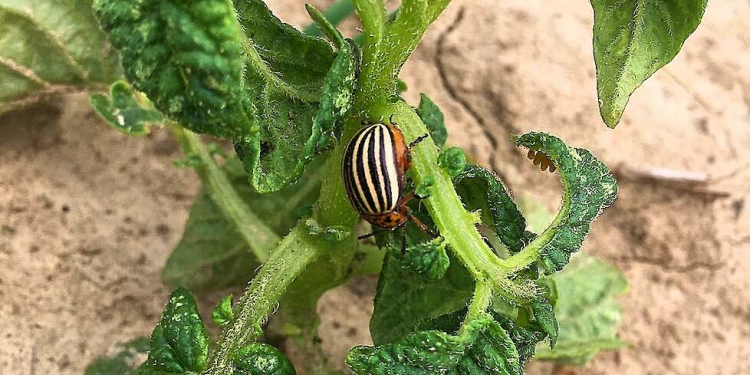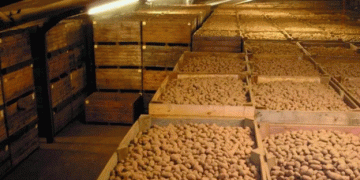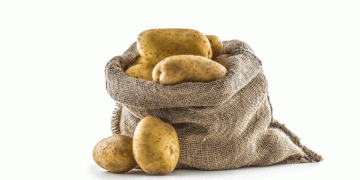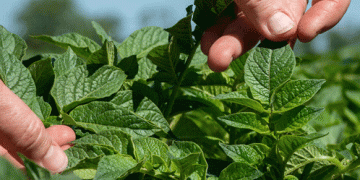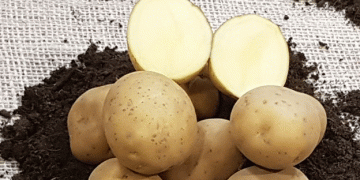Arable farmers are increasingly and earlier encountering the Colorado potato beetle in potato plants. Currently mostly in potato plants in beet plots, but from mid-July also in potato plots. “The Colorado potato beetle is really becoming a problem again,” says arable farmer William Brooymans from Nieuw-Vossemeer, based on his own experiences.
The Colorado potato beetle, also known as potato beetle, is native to North America, and has become widely distributed throughout the world by traveling with the potato plant. Until a few years ago, the beetle was no longer found on a large scale in the Netherlands. However, for the past five years, he has been making a comeback on Dutch fields.
More and more and earlier
Arable farmer William Brooymans from Nieuw-Vossemeer has been looking at his fields more and more and earlier for a few years now. “Until about 2016 I never or almost never encountered them. Since the dry summers of 2018, I see them more and more often and earlier. Normally I sometimes found an eaten plant in mid-August. But now earlier and earlier in the season. For example, this year in mid-May I found several beetles on some potato storage plants of the Frieslanders in a beet plot. And now there are plenty of them. That is very early and in increasing numbers. This may become a bigger problem than lice.”
Regional pressure
Bram de Visser, arable sales manager at CZAV, agrees with William Brooymans’ experiences. “Yes, the Colorado potato beetle is developing more and more and earlier. At this time of year, they often completely eat potato plants in beet fields. Later in the season, from mid-July, they can also become active in potato fields.” According to De Visser, there is still regional pressure.
“For example, they are currently most common in Tholen and South-East Bevelland. Fighting the beetle now in potato storage makes little sense. “If they appear in potato plots from mid-July, a control measure is effective when the damage threshold is exceeded. It is best for the grower to make the decision whether or not to combat it and, if so, with what means, in consultation with the cultivation advisor.”
Multiple regions
The Colorado potato beetle occurs nationwide in several regions. This is also the case in Limburg. “Yes, for several years now, here in Limburg too, there has been increasing pressure from the Colorado potato beetle,” says Emile Steins of the crop protection company of the same name from Aalbeek.
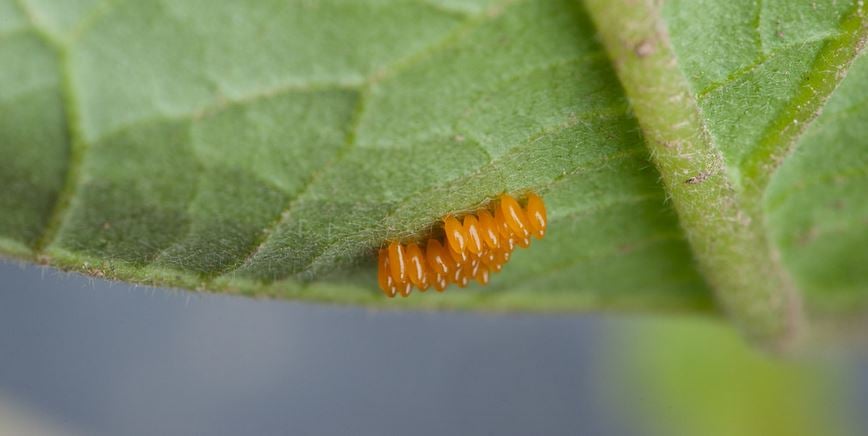
Life Cycle
The adult insect is a beetle of 10 to 11 millimeters in length, oval-shaped and somewhat rounded. The shields are decorated in yellow with 10 black longitudinal stripes. The larva can grow up to 12 to 15 millimeters long. Usually this is red-orange in color, sometimes also yellowish. The Colorado potato beetle overwinters in the ground as an adult and emerges shortly after the emergence of the potatoes. The budding starts when the average temperature reaches 14°C. For two weeks they feed and do damage. Then a copulation happens.
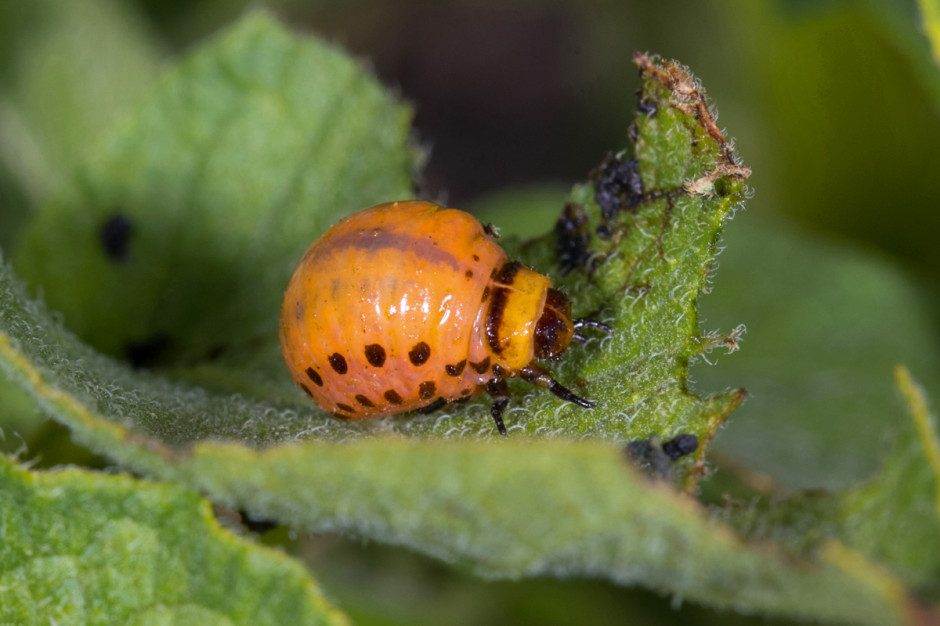
The yellow-orange eggs (1.5 millimeters) are laid in groups of 10 to 30 on the underside of the leaves. Each female can lay 600 to 800 eggs on various plants. Shortly afterwards, the larvae hatch and feed on the leaves. In about three weeks they undergo four larval stages and then settle in the ground (2 to 20 centimeters deep) to give a second generation. The adults of this second generation appear after one to two weeks and can cause further damage. Afterwards they also settle in the ground (20 to 25 centimeters) to overwinter. The Colorado potato beetle only lives on plants of the black nightshade family, but with a pronounced preference for potatoes.
